Picture the map of the world. If you’re having trouble remembering the details, we’ll provide a visual aid. Have a look at this map of the world.
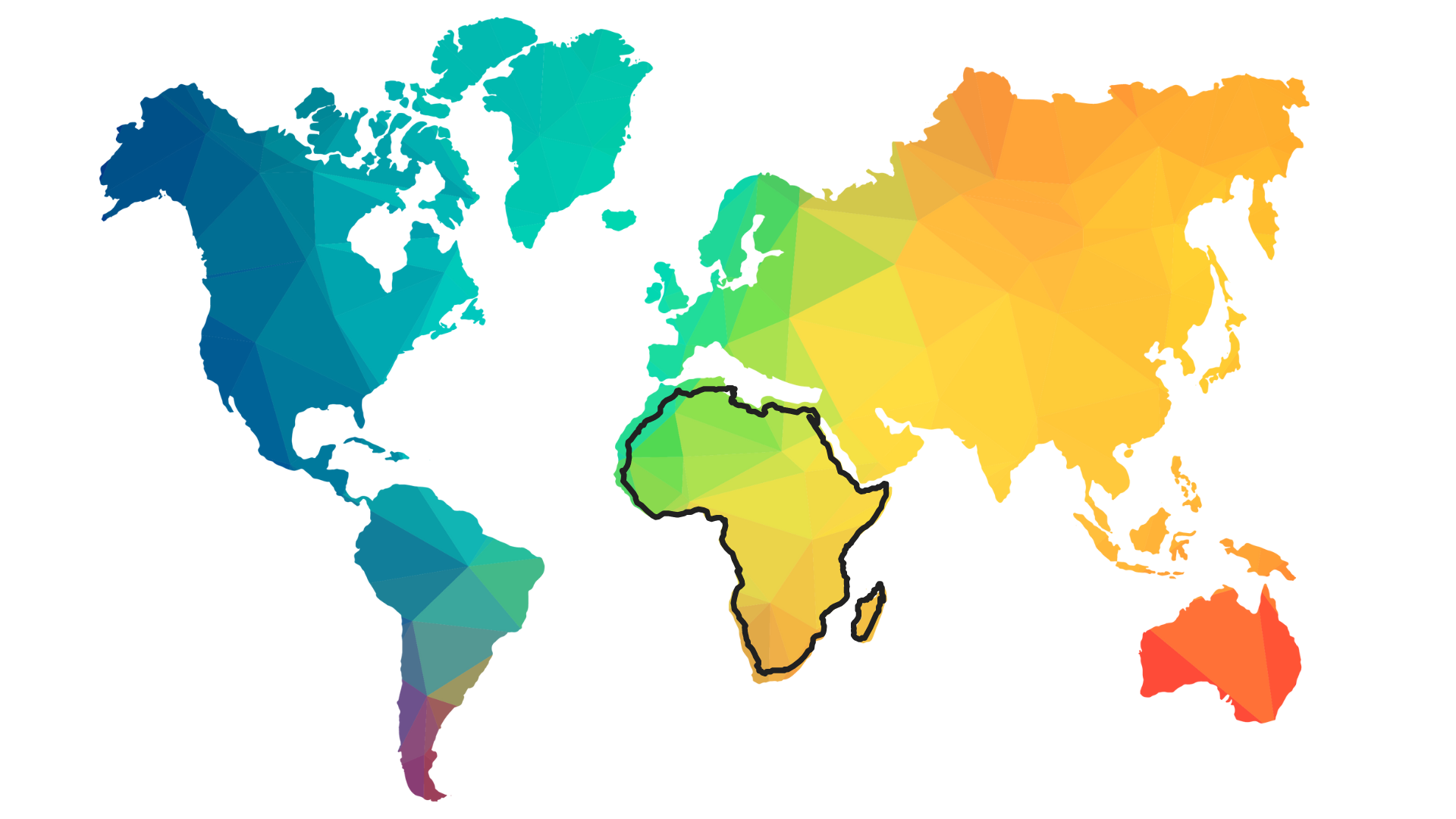 Graphic by Darnelle Fortune.
Graphic by Darnelle Fortune.
Situated right in the center, and taking up the second-most amount of space is Africa. It’s a continent that, when you consider it next to the others, is almost impossible to overlook. You’d have to be trying really hard not to see the continent at all. But that is what happens, isn’t it? Africa and her issues go unseen by so much of the world — and a major reason for this is mainstream media not creating the space to cover Africa and her crises.
At the beginning of every year, the humanitarian organization CARE International releases a report that lists 10 of the world’s most underreported crises from the previous year. The recently released 2023 report showed that for the second year in a row, the list of countries with the most underreported crises in the world is entirely made up of African countries. This is not to say that other continents and the countries within them don’t have crises, or that one crisis is more harmful than another, it’s to highlight that there is a great deal of need that is going unnoticed — and the longer need goes unnoticed, the longer it takes to resolve.
When asked why Africa’s stories are going untold by the media, David Mutua, Regional Communications Advisor for CARE East, Central, and Southern Africa, said: “There are a number of systemic factors at play here, including access, geopolitical interests, international politics, and global power structures that drive media coverage.”
He continued: “The media report what their audiences are most interested in. Media houses have undergone drastic changes that have impacted the size of their staffing and therefore the scale of resources that can be deployed for crisis reporting. It is important to find ways to get the audience interested in crises and thus drive more media interest.”
At its best, the media has the power to set the tone and interests of the rest of the world, it also has the platforms to call on governmental powers to boost support for the crises that need it most. A qualitative study published in the 2021 global journal, Journalism Studies, looked at the media’s impacts on humanitarian aid support. It ultimately showed that media coverage has the ability to increase, or at least influence, humanitarian aid budgets for the crises reported on.
The study states that, “such coverage triggers multiple other accountability institutions… who then apply pressure on aid bureaucracies. This pressure obliges them to announce additional funding, in order to retain their legitimacy.”
However, as Mutua described, the media landscape is changing. Today, it’s not just media houses setting the topics; audiences have to be interested in the issues first. This makes it difficult for a great deal of crises to see the light of a global publication.
It’s a complex problem, and one that requires many solutions. One of these, suggests CARE, is getting donor agencies (agencies and organizations that typically have the funds to donate to the humanitarian needs of a crisis) to invest in media work, as well as citizen journalism, in order for the necessary stories to be told.
There is a correlation between cases being underreported by the media and them being undersupported by financial powers that can make a difference. The following cases experienced the results of this correlation in 2023, according to CARE International’s report: “Breaking the Silence: The 10 most under-reported humanitarian crises of 2023.”
1. Angola
Issues: Landmines, Natural Disasters, and Malnutrition
The Central African country is no stranger to this list, yet its issues are only escalating. Last year, we reported on how Angola was experiencing its worst drought in 40 years, which is still steadily continuing in the southern parts of the country, limiting access to food and finances for the agriculture-fueled country. As a result, hunger and malnutrition are on a continuous rise, with 7.3 million people in need of humanitarian assistance, of which, 2 million are children.
However, drought is not the only natural disaster the country is reckoning with. Angola has to deal with flash floods, forest fires, and global-warming induced rising sea levels that could impact the livelihoods of thousands of people in years to come.
What’s more, the country’s civil war from 1975 to 2002 left around 1 million unexploded landmines across its beautiful landscapes, some of which have already taken 500,000 lives.
2. Zambia
Issue: Food Insecurity
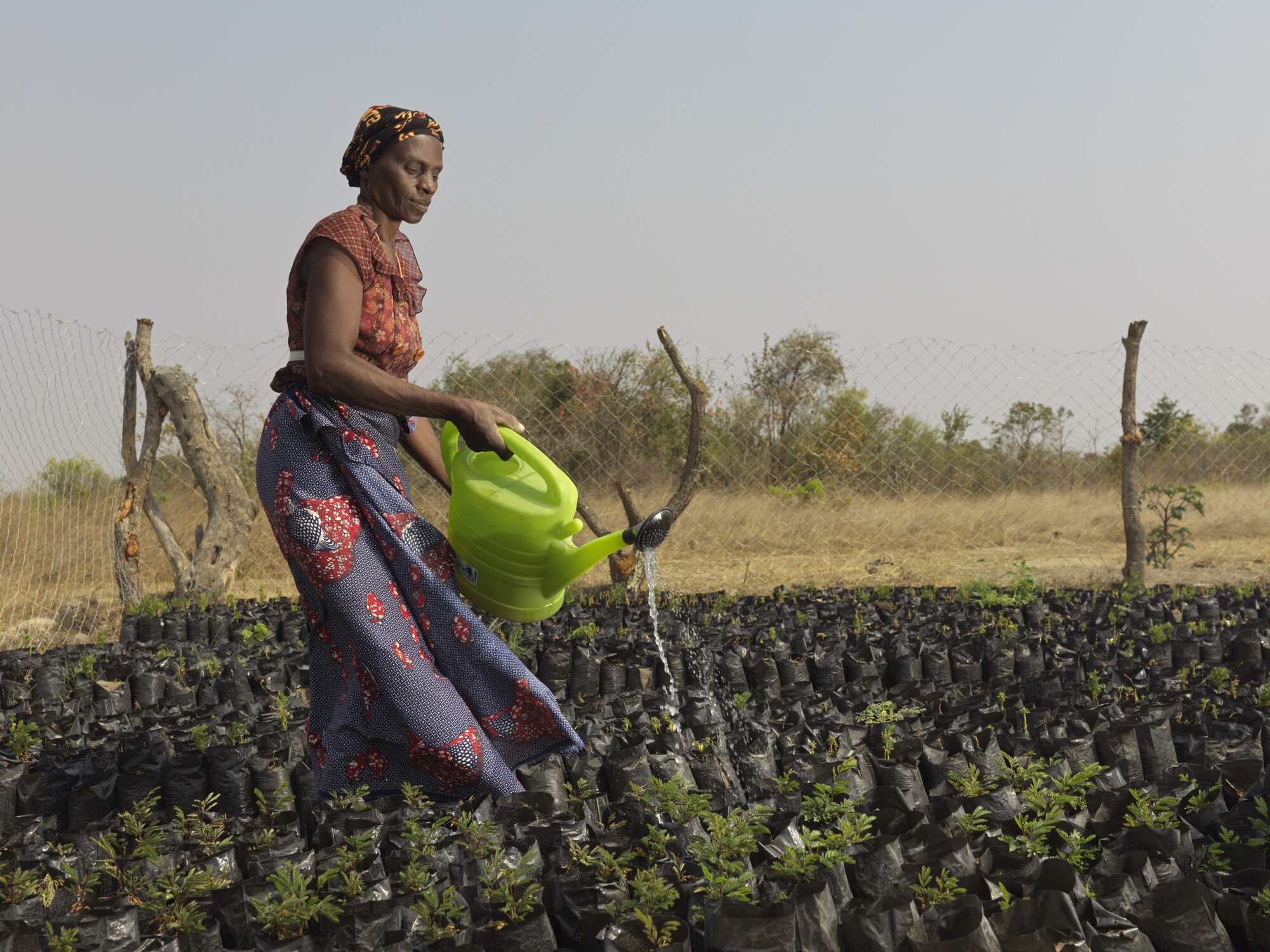 Zambia: Febbie Muleya plants trees from the nursery in Limbuwa B Village, Zambia. "To help the situation, CARE taught us how to plant trees for environmental restoration, gardening for our livelihoods and saving for our capital."
Zambia: Febbie Muleya plants trees from the nursery in Limbuwa B Village, Zambia. "To help the situation, CARE taught us how to plant trees for environmental restoration, gardening for our livelihoods and saving for our capital."
Over 60% of the country lives below the poverty line, meaning they live on less than $2,15 a day. This has resulted in 1.35 million people experiencing acute food insecurity as of 2023. The climate crisis and rising global food prices are the major culprits.
The climate emergency has meant that the weather ping-pongs between intense droughts and ripping storms and floods, which result in soil that is not rich enough to support agriculture. To make matters worse, these extreme weather patterns are only escalating year on year.
Zambia also walked into 2024 with a cholera outbreak on its hands, the outbreak was first reported in October 2023. At the time of publication the Africa Center for Diseases Control and Prevention (CDC) has confirmed 11,304 cases and 448 deaths across nine provinces.
3. Burundi
Issue: Severe Malnutrition
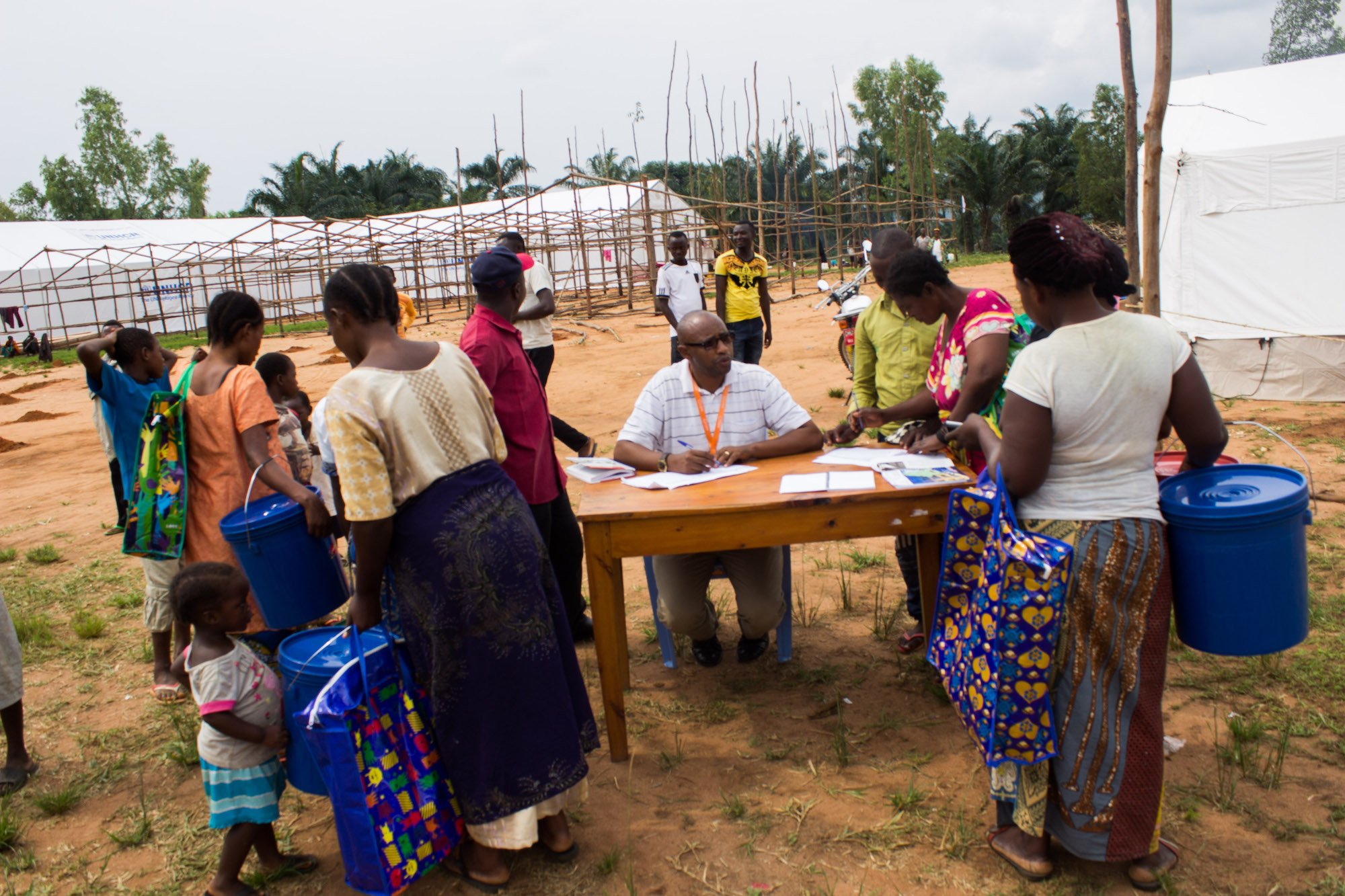 A surge in violent conflict and tensions in DRC has forced more than 5 million Congolese from their homes, many of them seeking refuge in neighboring countries, reported UNHCR. A great number of Congolese people affected by the violence have made the crossing into south west Burundi. Most of them have been transferred in camps, waiting for a future that is far from certain.
A surge in violent conflict and tensions in DRC has forced more than 5 million Congolese from their homes, many of them seeking refuge in neighboring countries, reported UNHCR. A great number of Congolese people affected by the violence have made the crossing into south west Burundi. Most of them have been transferred in camps, waiting for a future that is far from certain.
According to the United Nations, Burundi has one of the highest rates of malnutrition in the world, with around 17% of the nation experiencing severe food insecurity and 52% of the country’s children experiencing chronic malnutrition. This is largely caused by high inflation rates making basic food inaccessible, as well as the climate emergency’s impacts on food security.
To add to this, the country is already dealing with political disputes and ethnic conflict that exacerbate the issue, and have increased rates of displacement inside and outside of the country.
4. Senegal
Issues: Food Insecurity, Gender Inequality
Senegal saw a whopping 60% increase in food insecurity in the span of just one year. Global inflation’s impact on food prices, and good ol’ climate change are to blame. According to CARE, rising food prices have led 8% of citizens to become dependent on humanitarian aid for access to food.
Women and girls are seeing the worst of the humanitarian crisis in Senegal. Gender inequality is highly evident in the country, meaning women have limited access to financial resources and less access to decision-making, which makes it, as the CARE report notes: “harder for them to build resilience to emergencies and adapt to climate change.”
5. Mauritania
Issues: Insurgency, Natural Disaster, Child Labor, Child Marriage
Extreme weather weighs heavily on the shoulders of this Sahara-adjacent nation, with droughts sucking agricultural lands dry and heavy flooding ruining the soil that crops rely on. As a country that relies heavily on agriculture for sustenance, crop failure or loss has contributed to more than 1.1 million people relying on humanitarian aid for access to food as of 2023.
The country is also dealing with insurgency. As a result, displacement, food insecurity and poverty levels are rising. Women and children are deeply impacted. According to CARE, around 12.5% of children between the ages of five and 14 are forced to work, and working conditions can include physical abuse. Girls are also driven to drop out of school, with around 37% of them forced to marry before the age of 18.
6. Central African Republic (CAR)
Issues: Violence, Refugee Crisis, Gender Inequality, Gender-Based Violence
Roughly 3.4 million people are in need of humanitarian assistance and protection from violence in the region. It’s been over a decade of violence in the country. That’s 10 years of incessant armed conflict and uncertainty that have led to continuously increasing rates of displacement, food and fuel shortages, limited access to education, and violence against women.
The central African region has been plagued by fighting, which has directly affected the refugee crisis as the war in Sudan and regional conflicts in Chad have compounded the number of asylum seekers in the CAR.
The CAR also has some of the highest rates of gender inequality in the world, ranking 188th out of 191 countries for gender equality. With CARE estimating that just 55% of children overall complete primary school, girls are the higher demographic for out of school children, only completing 3.8 years of school on average. Gender-based violence is also a major issue, with one woman or girl experiencing violence roughly every 30 minutes in the nation.
7. Cameroon
Issues: Conflict, Food Insecurity
“When we fled, we had nothing. We slept under the open sky and the inhabitants of the village here helped us by giving us pots and blankets. Behind us, everything was on fire. We ran to the river and jumped into canoes to save ourselves.”
These are the words of Linda, 45, who fled ongoing armed conflict in Cameroon with her five children to seek asylum in neighboring Chad.
One in every six people is in need of humanitarian aid in Cameroon, a country that has been drenched in armed violence from the north-west and south-west of the nation. An estimated 3 million people are facing acute food insecurity, as a result of conflict- and climate-related factors, and CARE predicts that the number of people in need of emergency assistance could increase by 45% this year.
8. Burkina Faso
Issues: Extreme Poverty, Violence, Food Insecurity
Burkina Faso is experiencing the worst humanitarian crisis of its history — which, this close to the 2030 Sustainable Development Goals deadline, is not what any country should be experiencing.
The country is one of the poorest in the world, with 8.8 million people living below the poverty line, and 4.7 million people in need of humanitarian assistance. Ongoing regional conflict is mostly to blame, and has also led to the isolation of around 800,000 people from the rest of the country as they live in areas controlled by armed groups.
The climate emergency makes the crisis worse, as it tends to do, as unpredictable weather has negatively impacted agriculture for the over 80% of citizens who are dependent on farming for daily food. This means that not only is access to food and water limited due to the violence, but when there is access to it, there’s not enough of it.
9. Uganda
Issues: Refugee Crisis, Food Insecurity, Maternal Mortality
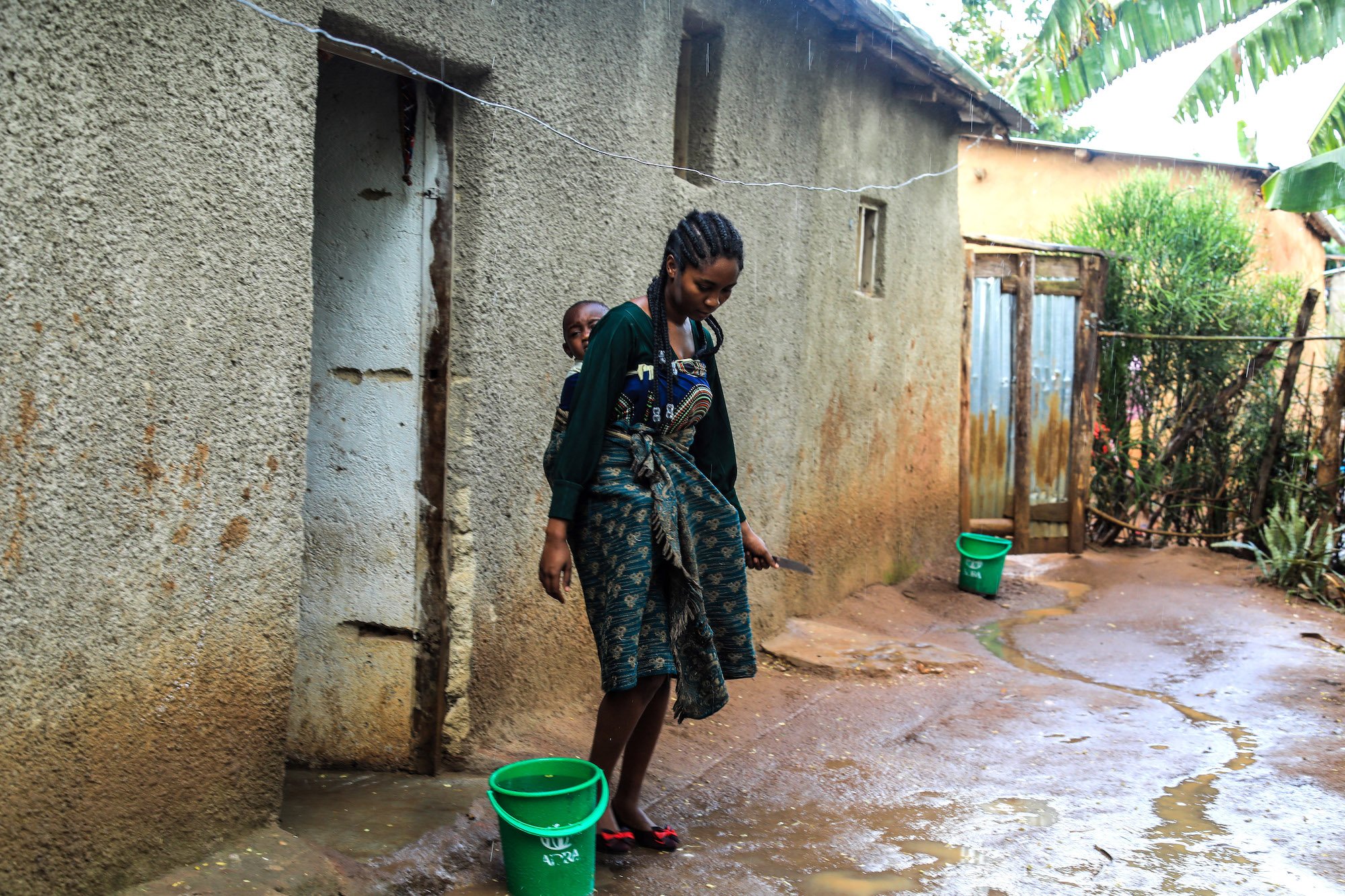 This image is part of CARE Norway’s campaign to mark the international Menstrual Hygiene Day.
Several girls were interviewed about the challenges of menstruation in a refugee setting. One of them was Alice Mugeni. Alice is pictured here carrying her son (Josiah Ninziza Sangwa) while at home.
This image is part of CARE Norway’s campaign to mark the international Menstrual Hygiene Day.
Several girls were interviewed about the challenges of menstruation in a refugee setting. One of them was Alice Mugeni. Alice is pictured here carrying her son (Josiah Ninziza Sangwa) while at home.
The small East African country hosts more refugees than any country on the African continent. Uganda has openly welcomed swathes of asylum seekers since 2017 from neighboring countries including South Sudan, the Democratic Republic of Congo, Somalia, and Burundi.
With limited resources such as food and water — especially as the climate catastrophe threw floods, droughts, forest fires, and hailstorms Uganda’s way in 2023, directly impacting agriculture and food security — pressure to provide shelter, health care, education, and nutrition for refugees and locals is increasing.
To add to this, limited access to health care as a result of a lack of investment in community health facilities overall, has contributed to high rates of maternal mortality. Women and girls often lack sexual and reproductive health information and contraceptives, particularly adolescents.
10. Zimbabwe
Issues: Poverty, Food Insecurity, Droughts, Disease
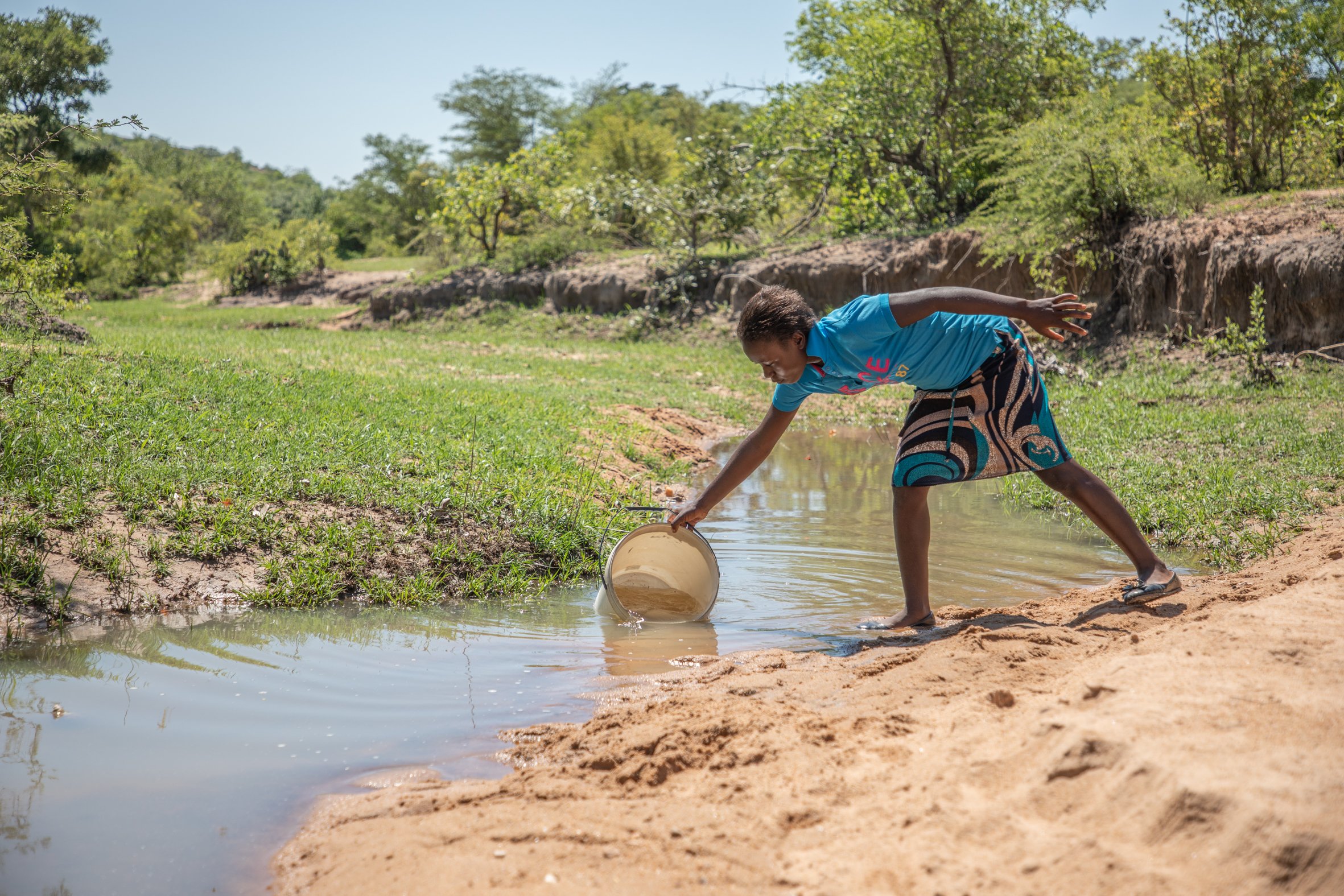 Zimbabwe: 13-year-old Ellen is an orphan who spends hours every day collecting water for her household. She misses her mother and wishes she could live with a family who looked after her better - some women have offered to take her away, but her aunt insists she stays there and supports the household. She misses out on school because her aunt cannot afford to pay the school fees. The only water source in her village is a dirty river. It takes her two hours to make the journey, but the water is contaminated and makes her sick, and it’s unsafe - crocodiles live in the river, and older men there to pan for gold have been known to abuse young girls just like her. She needs her community’s borehole rehabilitated by CARE as soon as possible.
Zimbabwe: 13-year-old Ellen is an orphan who spends hours every day collecting water for her household. She misses her mother and wishes she could live with a family who looked after her better - some women have offered to take her away, but her aunt insists she stays there and supports the household. She misses out on school because her aunt cannot afford to pay the school fees. The only water source in her village is a dirty river. It takes her two hours to make the journey, but the water is contaminated and makes her sick, and it’s unsafe - crocodiles live in the river, and older men there to pan for gold have been known to abuse young girls just like her. She needs her community’s borehole rehabilitated by CARE as soon as possible.
Almost half of the population in Zimbabwe is affected by extreme poverty that is characterized by low incomes, climate- and inflation-linked food shortages, high inflation rates, and rising health care issues.
Agriculture is the country’s main source of income, however the climate emergency’s intense droughts, followed by heavy flooding, has impacted crops. With 70% of the population dependent on rain-fed agriculture (meaning that rain is the only form of irrigation), their source of nutrition and income is destroyed when heavy rainfall overwhelms and damages crops.
The country is also experiencing an increase in waterborne diseases like typhoid and cholera. This is caused by a lack of access to safe drinking water, which can be a result of extreme weather impacting access to safe, drinkable water.